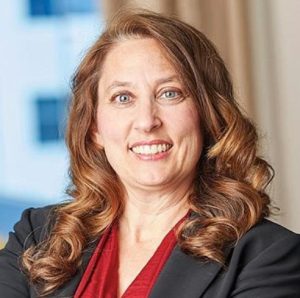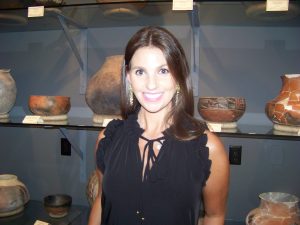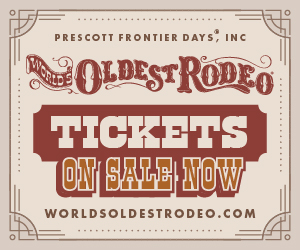Giving back to your community has many benefits, not just for the community or the tax benefits of making a charitable contribution.
Charitable giving does not need to be focused on specific organizations or schools; it can be a focus of interest. Grants through our annual cycle are possible through what we call Field of Interest funds. These funds are permanently endowed and have a specific focus, such as environment, social services, children’s programs, health care and many more. These funds were created by local individuals or groups of individuals with a focused charitable intent and purpose. These funds can be created during a donor’s lifetime or as a legacy gift past their lifetime. Each of these donors trust the grantmaking process described above and many have been able to see the impact.
Imagine the impact of this type of community gift over 20 or 30 years. The compounding effect cannot be calculated. A school garden not only teaches the students where food comes from, but the harvest can be shared with the families of these students. Providing healthy food for the family can reduce the number of visits to a doctor and make learning easier for the students. This ripple effect, starting at a school garden, spreads across the community.
Giving back to your community has many benefits, not just for the community or the tax benefits of making a charitable contribution. There is a joy in giving, which some say helps them live longer, happier, healthier lives. The relief of not having to make decisions year in and year out on which organization to make a donation to reduces stress. Knowing your gift is making a difference can create a sense of pride that you have helped at least one person in our community. A child knowing that someone invested in them can plant the seed for a future philanthropist who will take care of their community.
There are many ways to give back to our wonderful community, through time, knowledge and treasure. Each is equally valuable and needed. Yavapai County is an incredibly generous community of individuals who love to take care of one another. This form of giving is just one way to take care of the community. QCBN
By Lisa Sahady
Lisa Sahady is the regional director of the Arizona Community Foundation of Yavapai County.









